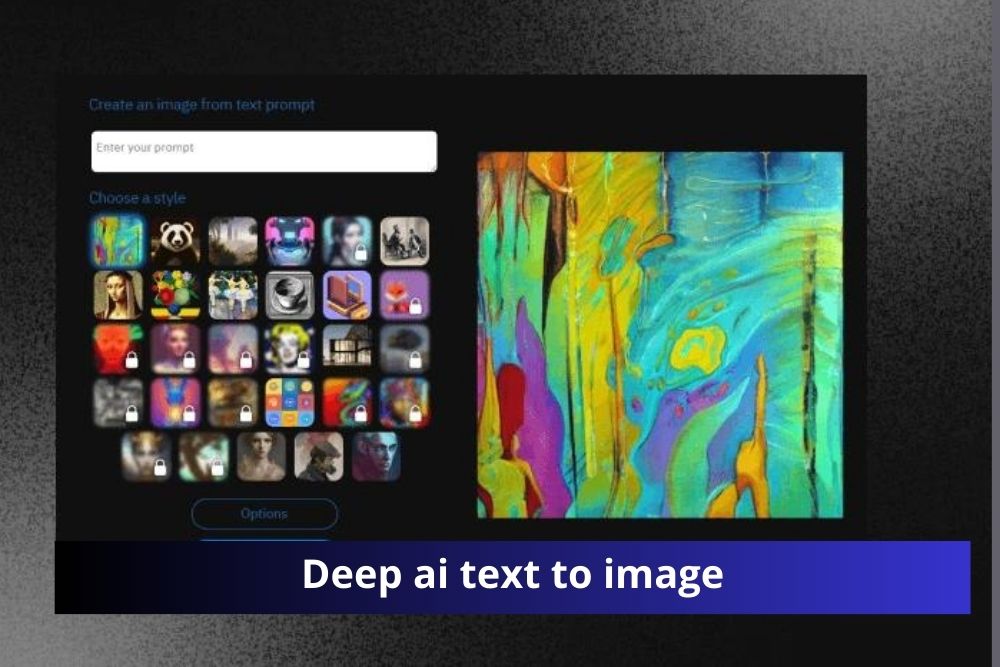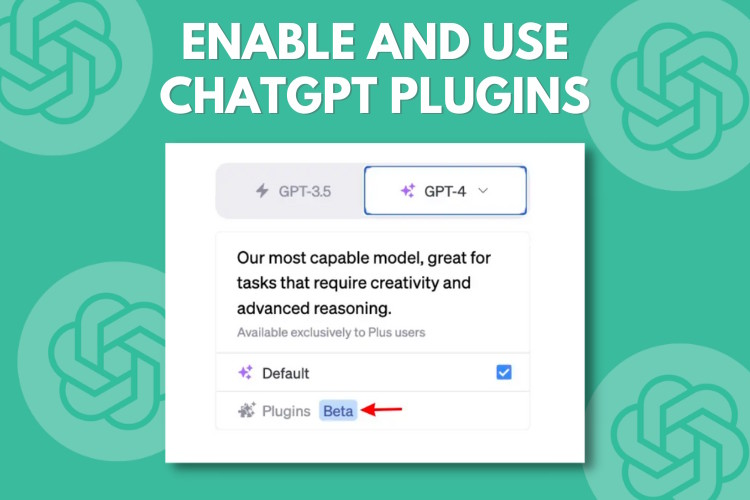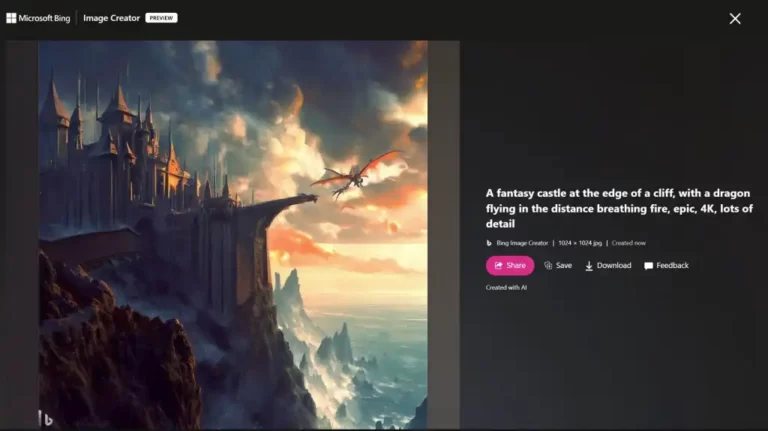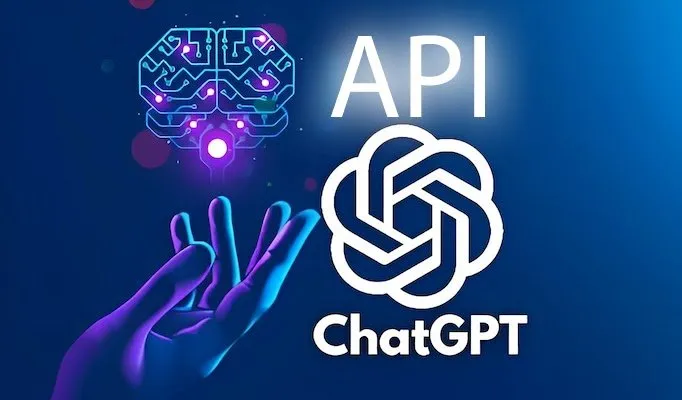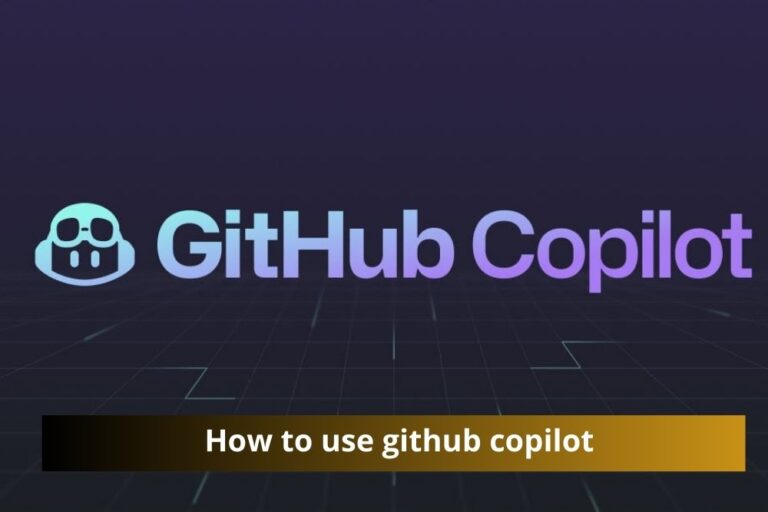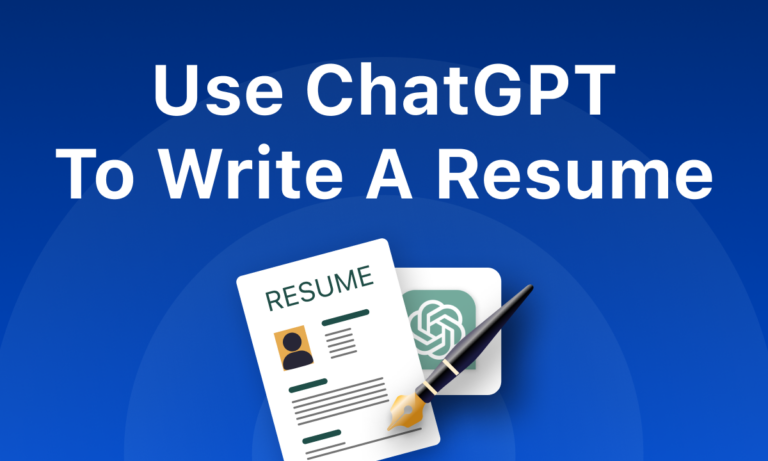Deep ai text to image
In the ever-evolving landscape of artificial intelligence, one revolutionary advancement that has captured the imagination of researchers and enthusiasts alike is the concept of deep AI text to image. This cutting-edge technology has the potential to reshape the way we interact with and create visual content.
2. Understanding Deep AI Text to Image Technology
Deep AI text to image is a sophisticated branch of artificial intelligence that focuses on translating textual descriptions into realistic visual representations. Unlike traditional image generation methods, which rely on predefined templates or rules, deep AI text to image leverages complex neural networks to comprehend and generate images that closely align with textual input.
3. Applications of Deep AI Text to Image
The versatility of deep AI text to image extends across various domains, from creative arts to practical applications. Graphic designers, content creators, and even industries like e-commerce find immense value in this technology. It enables the rapid production of visuals based on textual ideas, saving time and resources.
4. How Deep AI Text to Image Works
The intricate workings of deep AI text to image involve neural networks, specifically designed to understand the nuances of language and translate them into visual elements. The process includes natural language processing (NLP) to extract key features from the text and image synthesis to generate a cohesive and realistic visual output.
5. Advantages and Limitations
5.1 Advantages
- Efficiency: Deep AI text to image accelerates the creative process by swiftly transforming textual concepts into visual assets.
- Customization: Users have the flexibility to fine-tune generated images, allowing for a personalized touch.
- Versatility: Its applications span across diverse industries, from marketing to entertainment.
5.2 Limitations
- Quality Concerns: While impressive, generated images may not always match the nuanced details of human-created visuals.
- Resource Intensiveness: The computational demands of deep AI text to image may pose challenges for some users.
6. Comparison with Traditional Image Generation Methods
Traditional image generation methods often rely on predefined templates or explicit rules. In contrast, deep AI text to image harnesses the power of machine learning and neural networks to understand context and generate visuals dynamically.
7. FAQs on Deep AI Text to Image
7.1 What is the underlying technology behind deep AI text to image?
Deep AI text to image employs advanced neural networks, utilizing natural language processing and image synthesis to convert textual descriptions into realistic images.
7.2 Can deep AI text to image generate realistic images?
Yes, deep AI text to image is designed to produce realistic images that closely align with the textual input.
7.3 Are there any privacy concerns associated with deep AI text to image?
Privacy concerns may arise due to the potential misuse of generated images. Responsible use and ethical considerations are crucial in addressing these issues.
7.4 How does deep AI text to image differ from other AI image generation techniques?
Deep AI text to image stands out by its ability to interpret textual descriptions with a high level of context awareness, resulting in more accurate and detailed visual outputs.
7.5 Are there any ethical considerations related to the use of deep AI text to image?
Ethical considerations include the responsible use of the technology, avoiding the creation of misleading or harmful content.
8. Challenges in Deep AI Text to Image Research
As with any evolving technology, deep AI text to image faces its set of challenges, including ensuring image quality, minimizing biases, and addressing ethical concerns.
9. Future Prospects and Developments
The future of deep AI text to image holds promise, with ongoing research aiming to enhance image quality, mitigate ethical concerns, and expand its applications across industries.
10. Conclusion
In conclusion, deep AI text to image stands as a groundbreaking technology that bridges the gap between language and visuals. Its applications are diverse, and the ongoing advancements in research promise a future where textual descriptions seamlessly transform into vivid, realistic images. As industries embrace this technology, responsible use and ethical considerations will play pivotal roles in maximizing its benefits while mitigating potential challenges. Embrace the future of visual creation with deep AI text to image.
